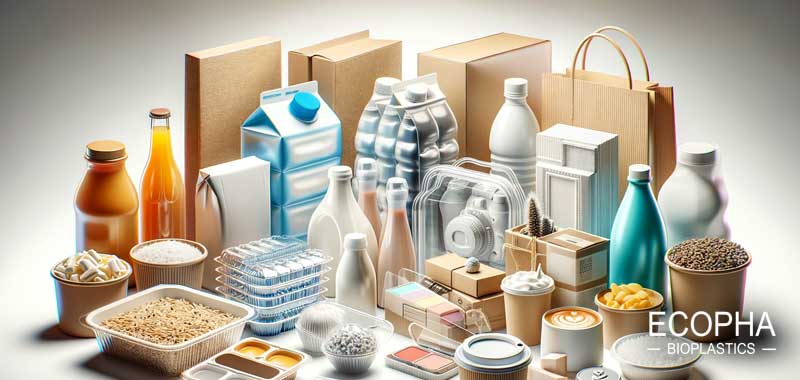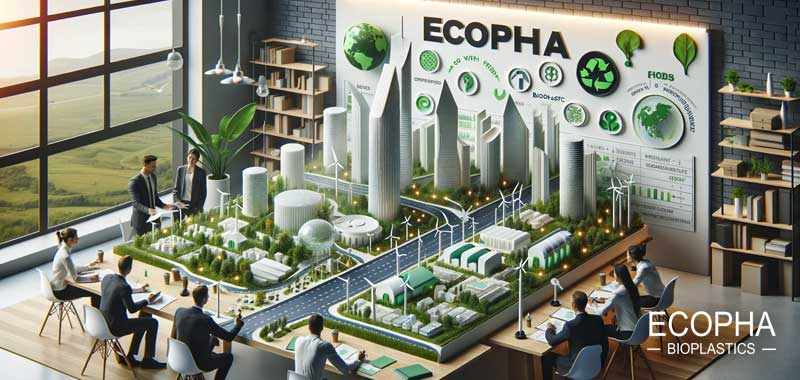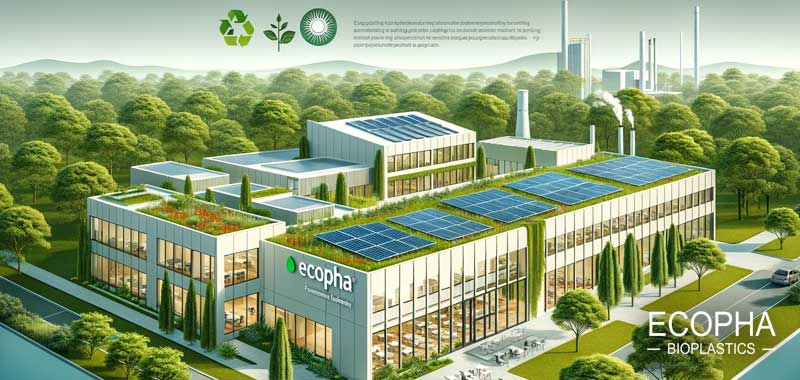Paper Reinvented: The Bioplastic Revolution
Explore the innovative world of bioplastic paper, a sustainable alternative that's writing a new chapter for the paper industry and the environment.
In a world where sustainability is no longer a luxury but a necessity, the paper industry is undergoing a transformative shift with the introduction of bioplastic paper. This groundbreaking material marries the traditional utility of paper with the environmental benefits of bioplastics, offering a compelling solution to deforestation and waste.
Features Highlight
- Renewable and sustainable raw material sourcing
- Reduced impact on deforestation
- Compostable and recyclable options that close the loop on waste
Overview
- This blog presents a comprehensive look at bioplastic paper, highlighting its significance as an eco-friendly material, its manufacturing process, and the myriad ways it can be utilized in everyday life and industry.
Advantages & Benefits
- Minimizes environmental footprint of the paper industry
- Offers a durable and versatile alternative to traditional paper
- Supports circular economy principles with its end-of-life options
Bioplastic paper is made from renewable biomass sources, such as agricultural by-products, reducing the reliance on wood pulp and the pressures on forests. It has the potential to disrupt the paper industry with its reduced carbon footprint, recyclability, and compostability.
Throughout this blog, we'll delve into how bioplastic paper is made, its uses across various industries, and why it represents a critical step forward in ecological responsibility. The text will unpack the science behind bioplastic paper, spotlighting businesses that are pioneering its use and the consumers who are driving its demand.
FAQs
What is bioplastic paper and how is it different from regular paper?
Bioplastic paper is made using biodegradable plastics derived from natural resources, which is more sustainable than traditional paper made from trees.
Can bioplastic paper be recycled like traditional paper?
Yes, it can be recycled or composted, depending on its specific composition and local recycling guidelines.
Is bioplastic paper safe for all the same uses as regular paper?
Absolutely, bioplastic paper can be used for a variety of applications, often with enhanced durability and moisture resistance.
How does bioplastic paper contribute to sustainability?
By reducing reliance on wood pulp, lowering carbon emissions in production, and providing compostable end-of-life options, bioplastic paper significantly contributes to sustainability.














